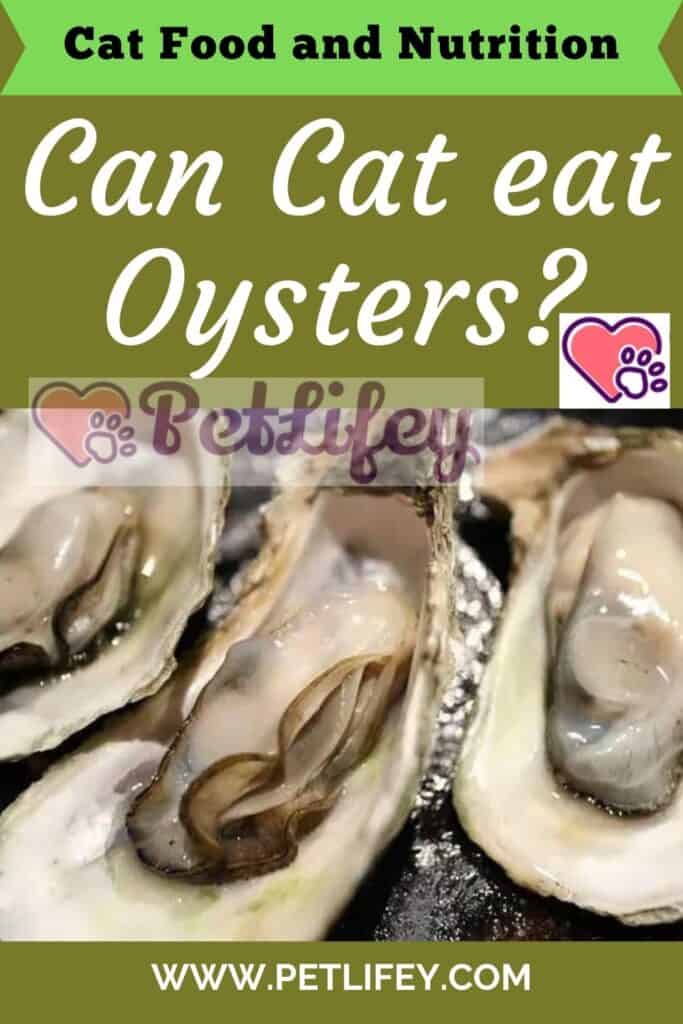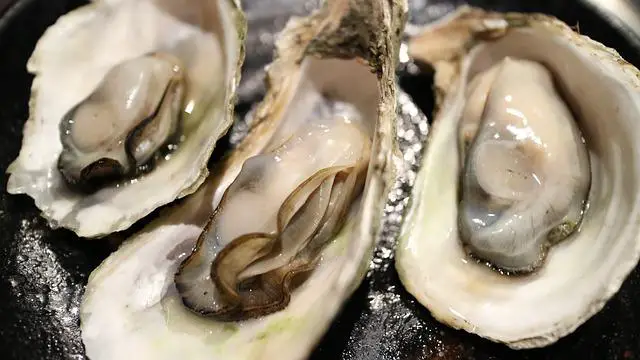
Can the cat eat oysters or are they bad for her body? Let’s find out together what are the pros and cons of this food.
Fish is a great delicacy for cats; however, consumption should be limited. We are not talking only about quantity, but also about the type of fish products to be given to the feline. In this article we will find out if the cat can eat oysters, and what are the advantages and disadvantages of consuming this food.
Oysters in the cat’s diet
Cats, as we know, have a great passion for fish.
But one’s wishes cannot always be followed to the end. In short, the feline is a small carnivore, and it is the meat that must be the backbone of its menu. Fish, as well as eggs, cereals and, to a lesser extent, vegetables are good for supplementing your diet.
The category of fish products is decidedly broad. And it is not easy to extricate yourself, in the elaboration of a menu for our four-legged friend, among all the possible foods and understand which ones can be part of it and which ones not. For example, can the cat eat oysters?
The answer is no: it is better to avoid this food, which can present some risks. There are seafood that is much more suitable for cats (albeit with due precautions), such as mussels and clams.
What risks

Let’s start by saying that it is not a toxic food regardless of the cat’s body.
Where the feline eats one (as long as it is not raw) we must not fear for its health, nor rush to our trusted veterinarian.
Normally humans eat raw oysters. But for the feline, consuming raw fish, and oysters are no exception, presents more than one risk. In particular, raw oysters can contain the Vibrio bacterium, which can cause diseases even in humans.
As a rule, as long as the consumption is not excessive, it gives rise to gastrointestinal problems, limiting itself, in the best of cases, to a stomach ache for the cat. A well-cooked oyster without any seasoning could be given to the little feline to taste.
However, it is a food that has no particular nutritional properties for your body; on the other hand, the beneficial substances it contains are largely lost due to cooking, which is necessary, as we have seen, for its safety.
In short, the game is not worth the candle. There are other foods that are much safer for our little four-legged friend; and among them, even some seafood. For example, giving clams to your cat is relatively safe, as long as you follow the small recommendations described:
- Always cooked foods
- No seasoning
- Modest quantities, ideal for a snack
- Always fresh food
Where the cat, after eating oysters, shows signs of discomfort, do not hesitate to contact our trusted veterinarian.






